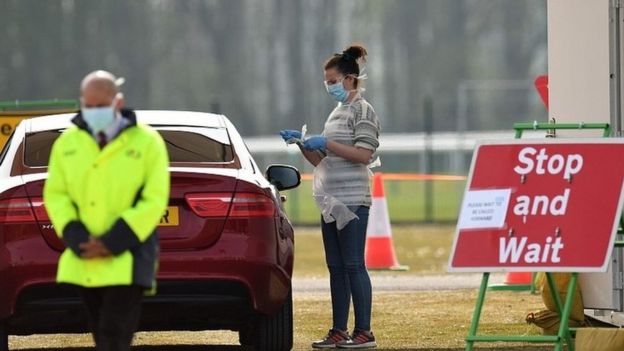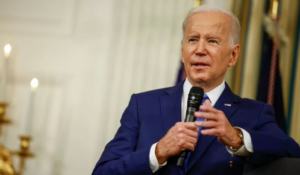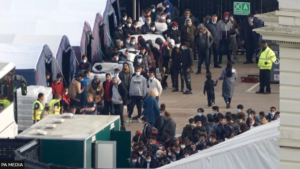Coronavirus: What you need to know about lockdown easing

Lockdown Ease
Coronavirus – We are declared the prime minister at the end of last week, past the peak of the coronavirus pandemic in the UK.
But he said we’d have to wait until this week to learn more about how we’ll start to move out of the lockdown that has changed the country so dramatically in the past six weeks.
Given that the crisis has affected pretty much everyone in one way or another, there is a fevered guessing game well under way about what moving out of the lockdown might look like – and it involves huge dilemmas for the government.
With another six days to go before the prime minister is expected to spell out those choices, some things are clear.
First and foremost, the government is not about to throw the country’s doors open.
Scotland’s First Minister, Nicola Sturgeon, admitted today that this Thursday – when UK ministers have to review the restrictions – she is likely to ask people to stick with the lockdown for a while longer.
That’s likely to be the case across the UK.
So while you can pencil in a big political moment for Sunday, when Boris Johnson makes his statement, he is not going to be saying that on Monday morning you will wake up and the world will have got back to normal.
Back to life
The first thing the government is trying to do is to prod some things back to life in the economy that didn’t necessarily need to close to in the first place.
Some ministers are already gently trying to make this happen – by encouraging businesses like DIY stores or takeaways to open safely.
The impact of the government’s “Stay at Home” message surprised Whitehall, with more of the country’s business closing down than they had expected.
But workplaces will be prompted to come back to life, as long as they can follow the principle of keeping people apart.
As leaked draft guidance for business seen by my colleague Simon Jack shows, this is far from straightforward, and if it’s possible to do your job from home, that is likely still to be the expectation.
The return of schools is equally, if not more, fraught.
Regional variations?
There’s a hope in government that schools in England, at least, can start to reopen at the beginning of June, with some kind of staggered return, or rota system for different year groups.
The social and economic consequences of school gates staying shut are obviously profound, but with a still limited amount of information about the disease, and about how children do or do not transmit it, there are nerves about exactly what to do.
And while it might be politically deeply tricky, it is possible that the government, with what it hopes will be the benefit of a sophisticated tracing mechanism for the Coronavirus could flex restrictions at different times in different parts of the country.
Several cabinet ministers have expressed private reservations about regional variations, saying that they prefer a “sectoral” approach.
But others in government make the argument for targeted approaches to easing Coronavirus lockdown – experimenting, then monitoring, rather than a one-size-fits-all approach.
Trying out changes in a limited way has some appeal but would be tricky politically.
Data driven
What is more likely, perhaps, is that the whole country starts to come out of lockdown at the same kind of gradual rate, but if the infection re-emerges in one particular area, limits are restored in that specific place.
That of course only works, if the government manages to dramatically improve the amount and quality of data that is available.
The much-vaunted app that is meant to be critical to all of this, starts its test phase on the Isle of Wight on Tuesday.
So much has to be decided – on schools, businesses, geography, PPE – and individual government departments are each making plans about how they might proceed.
But in the hunt for the detail, don’t miss the bigger point.
Read Also – Defamation of Character by Unfair Victimization
‘Dimmer switch’
Lockdown, when it came, changed the country almost overnight. Recreating our lives in a changed world will be long and difficult undertaking.
Figures from the Treasury show just how many people have been affected, not by the disease itself, but by the lockdown shock – more than six million people are having their wages paid for the first time by the Treasury, on the furlough scheme.
Exit will bring complicated policy choices and economic pain too.
As one senior government figure said: “Work will be different, shopping with be different, transport will be different – we need to create a whole different way of how society can work.”
A cabinet minister described it as “turning up the dimmer switch”.
And it will be a long time before we can be sure what we’ll really see.
Source – https://www.bbc.co.uk/news





